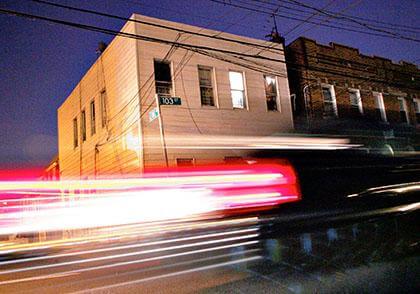By Philip Newman
Scores of Queens community groups and volunteers joined with the American Association of Retired Persons in a five-day inspection of crosswalks and intersections they deemed hazardous to pedestrians.
“So many streets, intersections and sidewalks are difficult to navigate not only by the seniors but by parents and their children,” said Suleika Cabrera Drinane, president of the Institute for Puerto Rican/Hispanic elderly.
“We see completing these surveys as a critical tool that begins to address serious problems that can lead to deep concern, injury and even death for people of all ages as they try to remain independent and self-sufficient,” Cabrera Drinane said.
Among chief sponsors in the effort in the Elmhurst area are the Puerto Rican/Hispanic group, Elmhurst Hospital and the American Cancer Society.
“We are interested in assuring that streets are safe for all pedestrians, including those most vulnerable, such as senior citizens,” said Dr. Jamie Ullman, director of the Elmhurst Hospital Department of Neurosurgery and chair of an investigative team that released a report on the impact of pedestrian injuries on hospital admissions.
The inspectors walk pre-arranged routes taking notes on possibly dangerous conditions.
“We work with the New York City Department of Transportation, but we also make our information available to the New York state Legislature with a view toward passage of legislation to address this problem,” said Stacey Kratz, who represents the AARP.
The statewide campaign began Monday and will conclude April 23.
According to the 2009 report “Dangerous by Design,” New York ranks third in the nation for pedestrian fatalities for people age 65 and over. An AARP report found that two in five Americans age 50 and over said their neighborhood sidewalks are inadequate and nearly half cannot cross main roads near their homes safely, thus preventing many from walking, cycling or even taking a bus.
The National Household Travel Survey reports that Latino residents — 11.8 percent of the population in the United States — on average drive less and walk more than other ethnic groups. But pedestrian fatalities among the Latino community are 62 percent higher than for other groups.
The areas where the crossing inspections have been carried out can be found by typing in ZIP codes in the AARP Web site createthegood.org.
Reach contributing writer Philip Newman by e-mail at timesledgernews@cnglocal.com or phone at 718-260-4536.































